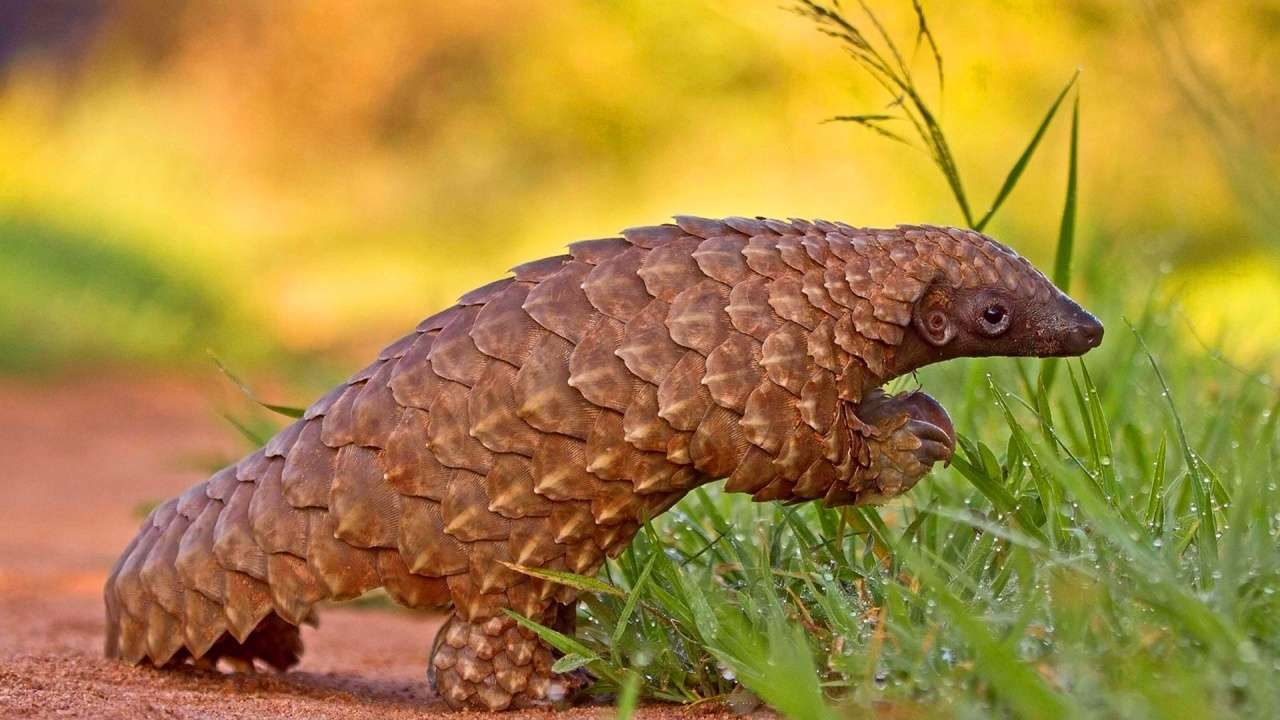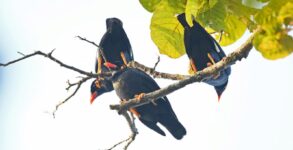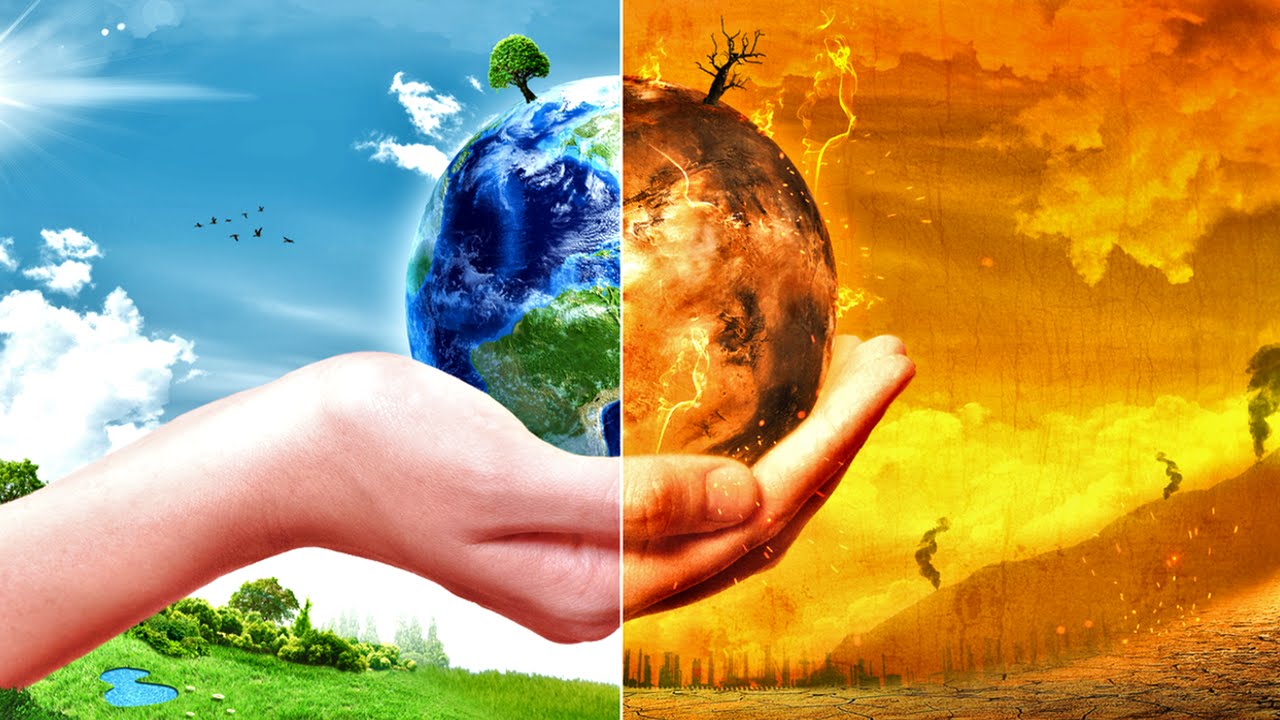The pangolin is similar to the size of a raccoon and looks like an artichoke with legs. Its head and body are covered with an armor of thorny scales, giving it the appearance of a reptile. When a pangolin is scared, it curls up into a tight ball.
The pangolin is said to be the most widely trafficked mammal in the world. Its scales are in huge demand in Asia to use of traditional Chinese medicine, despite there being no medical benefit for their use, while its meat is considered a delicacy in some countries.
Jonathan Baillie, a pangolin specialist at the International Union for Conservation of Nature in London said, “All eight species of this animal, which is found over large parts of Africa and Asia, are facing extinction.” He said, “The demand for the pangolins actually lies in China and Vietnam,” “And the Asian pangolin, particularly the Chinese pangolin, has basically been completely wiped out.”
The animal has long been prized for its scales, which are used in traditional Chinese medicine. But Baillie says nowadays, pangolin meat is considered a luxury item by a growing middle class as well particularly in Vietnam and China.
“We’re seeing that the body is actually being eaten as some sort of celebration when a business deal is done,” he says. “The price can go up to many hundreds of dollars per kilo.”
As the number of Asian species declines, Baillie says, there is an increasing demand for African pangolins. International trade of the African species is allowed with the right paperwork. But they’re being poached and sent to Asian markets at an alarming rate.
Believed to be world’s most trafficked non human Mammal ?
A Pangolin is one of the most shy & is harmless.
All 8 species of Pangolin classified as threatened with extinction by IUCN.
2 are classified as critically endangered .
Say no to Pangolin scales- it’s of no use to us pic.twitter.com/CRUSksVtIi— Susanta Nanda IFS (@susantananda3) January 9, 2020
Pangolin products are showing up in the U.S. as well. Part of the problem is the pangolin doesn’t have a high profile like the elephant or rhino, so it’s easier to slip the live animal or its byproducts past customs officials, says Luke Bond, a criminal intelligence officer with Interpol’s environmental crime program.
An effort is on to list all eight species under the U.S. Endangered Species Act, and another to make it illegal to trade the pangolin under CITES (the Convention on International Trade in Endangered Species of Wild Fauna and Flora), the multilateral treaty to protect endangered animals.


















